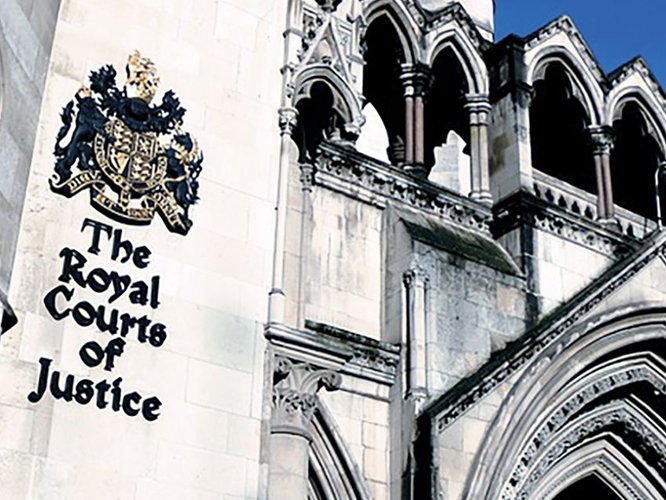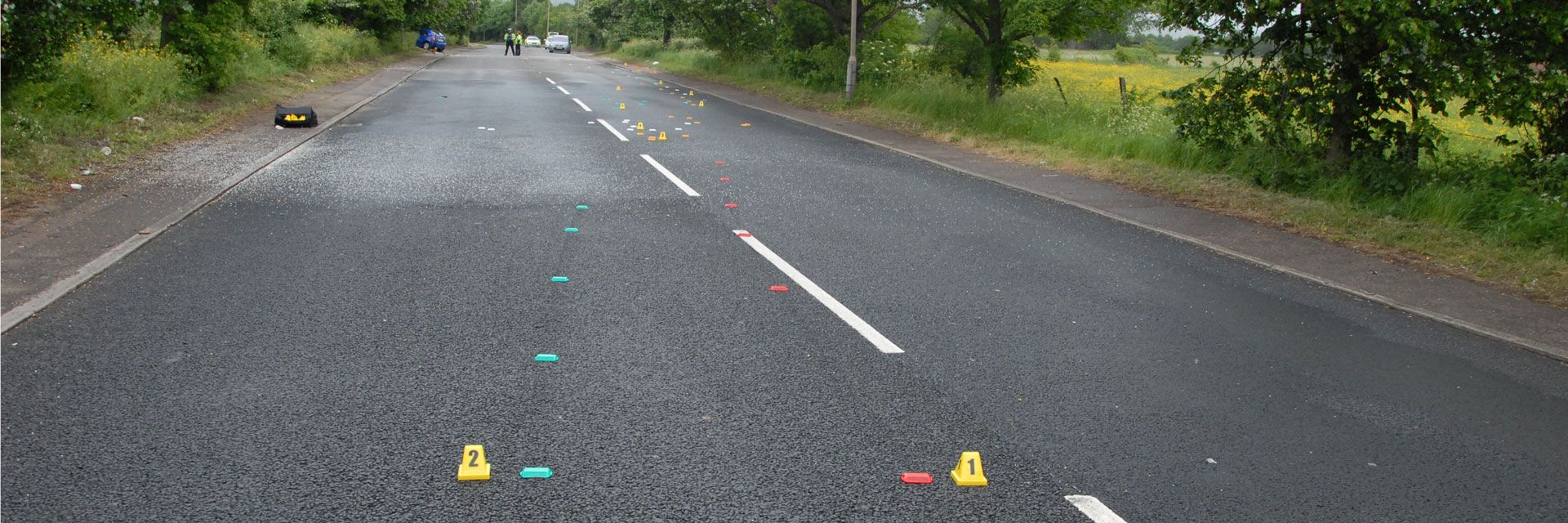
All of our accident investigations begin with a review of the disclosed information. This allows us to provide an itemised estimate for the works, and in some cases provide our client with different options as to the level of analysis to be conducted. This also has the advantage of allowing us to assign the best placed expert to take on the analysis, the expert with the most appropriate skill set to conduct the analysis required.
As part of the review process, we identify any additional information that we require to conduct the analysis, and also identify any additional information we believe, based on our experience, is likely to exist, such as Police forensic exhibits, or interviews with witnesses etc.
When sufficient disclosure is received an initial discussion between experts within FCIR will take place to discuss the evidence and how best to progress the road traffic accident investigation as a whole.
A preliminary analysis is then performed, allowing the Expert to identify any critical information that needs to be obtained, either from the vehicles themselves or from the locus of the collision.
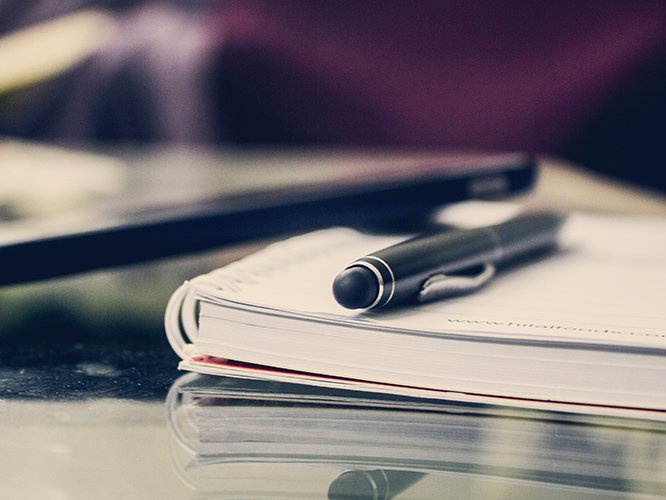
Arrangements will then be made, where required, to examine the vehicles. This may involve making arrangements with the agent of the insurer’s storing the vehicle in a Civil claim, or with the Police in a Criminal matter.
Vehicles are examined to check for any mechanical defects, and where instructed to download the Airbag Control Module’s digital crash data. Assessments will also be made of the impact damage and any of the subtle marks left on the vehicle that often unlock the secrets of the collision.
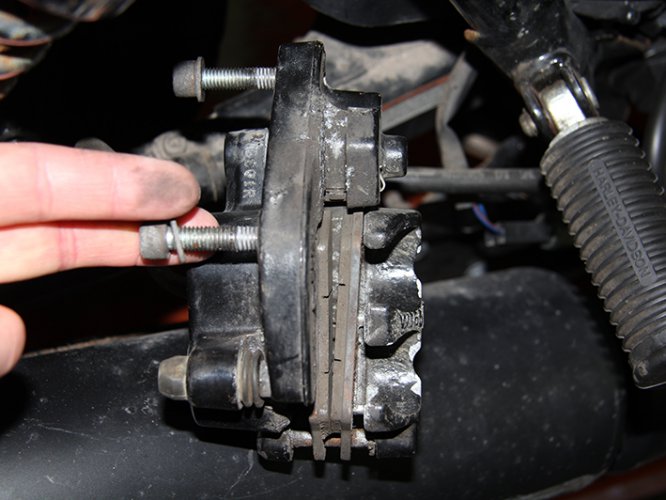
In most cases the locus of the road traffic accident will be attended to record the topography. At the locus measurements will be taken using one or more of the specialist pieces of equipment we deploy for these purposes. Photographs and ‘drive through’ videos will nearly always form part of the estimate we produce as well as any videos specifically required. Assessments of the limit of vision will be made in cases that require it along with any other points relevant to the incident being investigated.
Using Home Office approved speed detection devices typical driver behaviour in the location can also be recorded, which often provides a pivotal benchmark in both Criminal and Civil cases.
For collisions that occur in the hours of darkness, it is always our recommendation to attend the locus of the collision in both the hours of light and darkness.
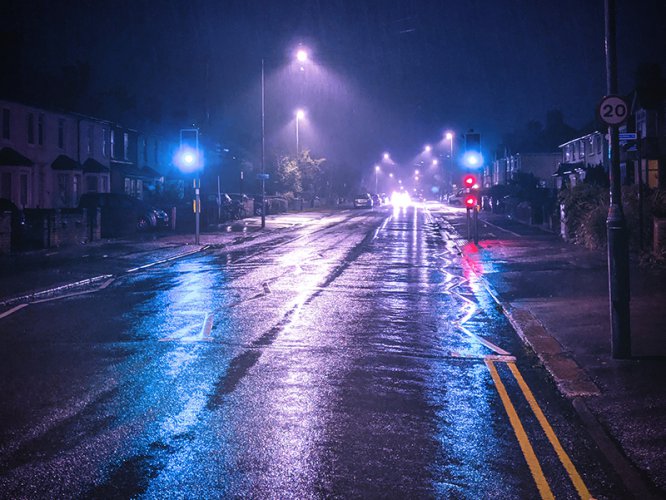
Returning to the office environment, all of the information from the examinations above are compiled into exhibits, and measurements taken combined into a scaled plan of the locus which is later used for pictorial representations of the collision circumstances and presented as court ready technical drawings.
Then the full analysis will begin; Calculations will be performed on the data, and usually presented in a spreadsheet format to allow for the stability of the calculations to be tested.
It is often the case that at this stage another discussion between Experts within FCIR will occur to ensure that all information has been considered.
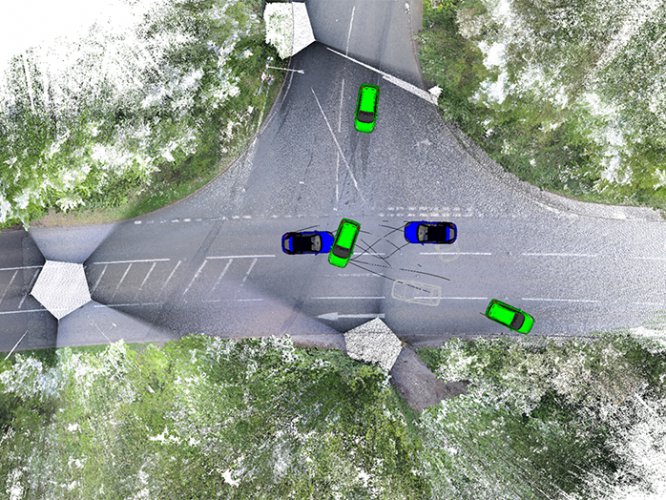
The report will then be written, either according to Criminal Procedure rules, or in a Part 35 compliant format in the Civil Forum. Technical Drawings, photograph albums and other associated exhibits aimed at clearly conveying the technical nature of our reports are produced.
The road traffic accident investigation report is then thoroughly peer reviewed by a senior Expert within the company to ensure not only accuracy, but clarity of the message being conveyed.
Digital exhibits are then produced and submitted to the client.
It will often be the case that a Case Conference is required between the Expert and the legal team to discuss the findings of the report. This may or may not include the claimant/defendant.

In an investigation that is destined for a Trial and where there are experts appointed by both ‘sides’ of an investigation, they will often be instructed by the Court to meet and discuss their various findings to produce a short document known as a Joint Expert Report, or Joint Statement, outlining the areas of which they agree and disagree.
Finally, a number of cases will result in a Court Case where the Expert will be called to give live evidence. Their findings will be explained to the Court and the Expert will be ‘cross-examined’ to test the robustness of their findings.
